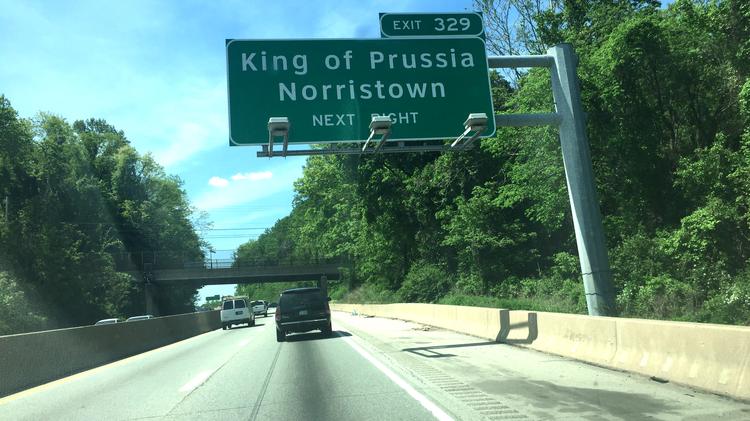Don’t rail against rail, just build it

Source Philadelphia Business Journal Craig Ey
For a good portion of the first decade of this century, I lived in Birmingham, Ala. — a charming, diverse and smallish metro area of about a million people.
Here’s the rub: It was about a million people who all seemed to be going in the same direction every morning, along a highway known as U.S. 280. Think Schuylkill Expressway with traffic lights.
For decades, the region’s leaders have studied, discussed and debated a light rail line to lighten the load. There’s a nice big median in the middle of the highway that could handle double tracks.
But the project never inches past the idea stage. That’s because of an irrational fear of mass transit that seems to be in the Southern DNA.
The opposition is passionate: It’s unsightly and noisy. It will bring crime. It will lower property values. On that last point, I used to get a kick out of telling my old Alabama friends that Philadelphia has a train — the Main Line — that stops in the wealthiest parts of the region.
In the last couple of months, we’ve been hearing a similar message from those opposed to the proposed extension of SEPTA’S Norristown High Speed Line to King of Prussia. We are unlikely to change the minds of those who are in that camp. But for anyone casually observing from the sidelines, it’s time to support SEPTA and the KoP extension.
In this week’s Business Journal and at PBJ.com, we take an in-depth look at what a golden corridor of opportunity King of Prussia has become. Rail transit is key for the area to maintain its momentum; a success story in a region of mostly sluggish growth.
“While King of Prussia’s many existing assets and strong investment pipeline point to a bright future for the area, vehicular congestion and limited transportation choices present obstacles to sustained growth,” the Economy League of Greater Philadelphia noted in a December study of the rail extension.
Among other findings, the Economy League noted that project is expected to “stimulate an average of approximately 310,000 square feet of new real estate development in King of Prussia per year.”
The price tag of between $1 billion and $1.2 billion is high, but keep in mind that some communities are paying that for new sports stadiums — which experts say have little to no positive economic impact.
We have a chance to send a message to a business world that’s often skeptical of Greater Philadelphia that we are progressive, forward-looking and — unlike some other parts of the country — willing to embrace a future in which mass transit plays a necessary and central role.
